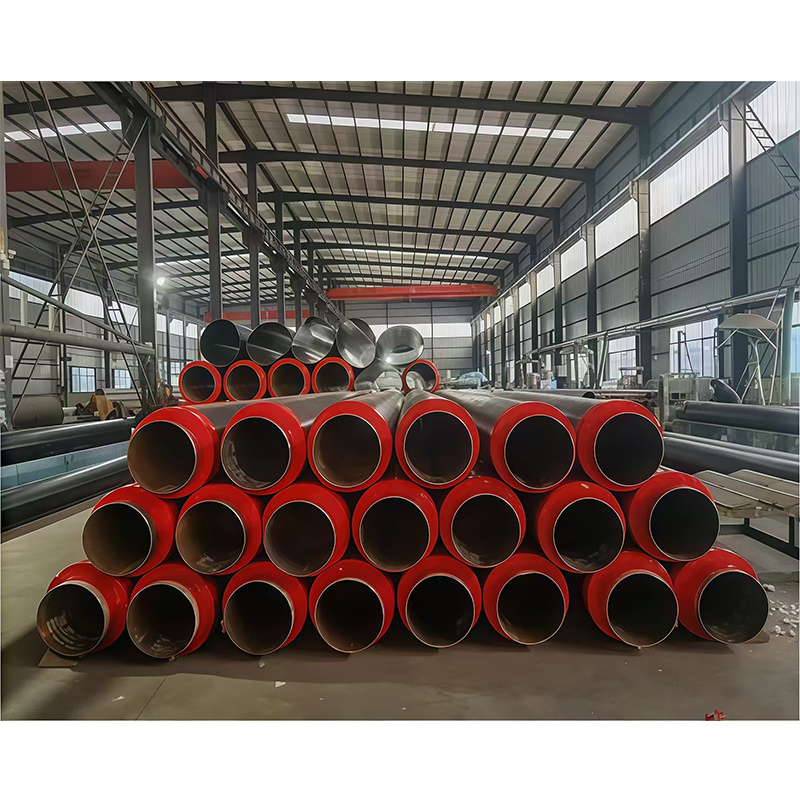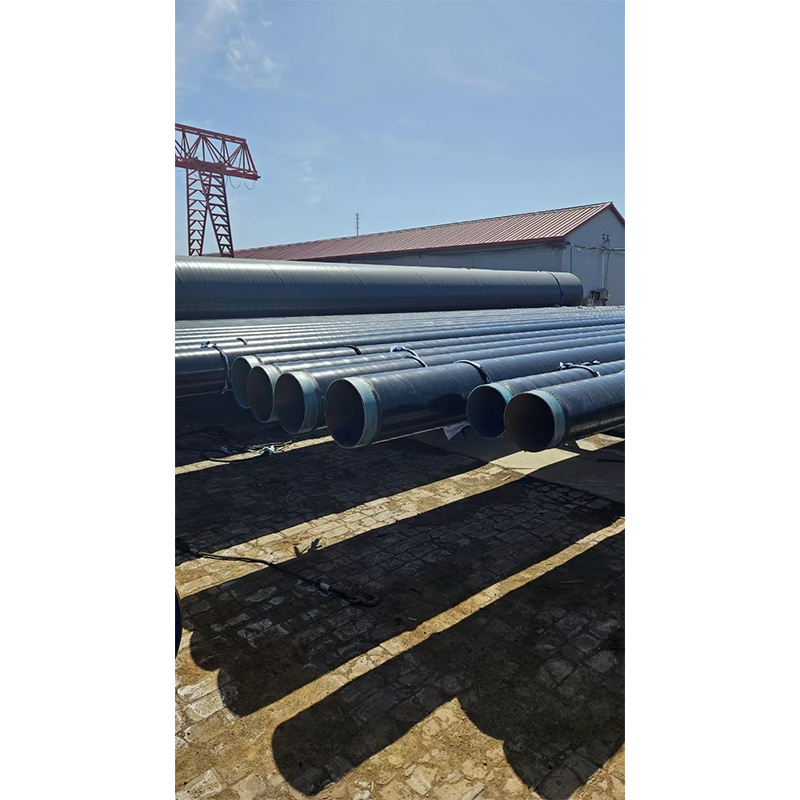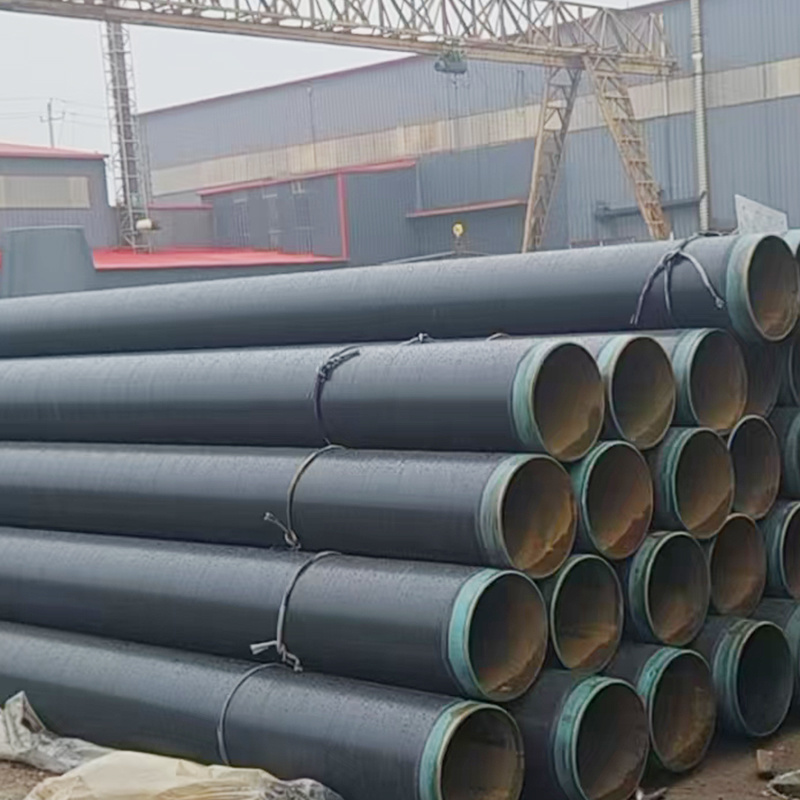Understanding the Benefits and Applications of 3-Layer Polyethylene Steel Pipe in Construction
May 22,2025
In the realm of construction and building materials, the 3-layer polyethylene steel pipe has emerged as a notable option, combining the strength of steel with the protective qualities of polyethylene. This advanced pipe structure typically consists of a central steel core surrounded by two layers of polyethylene. The outer layer acts as a protective shield against environmental factors, while the

In the realm of construction and building materials, the 3-layer polyethylene steel pipe has emerged as a notable option, combining the strength of steel with the protective qualities of polyethylene. This advanced pipe structure typically consists of a central steel core surrounded by two layers of polyethylene. The outer layer acts as a protective shield against environmental factors, while the inner layer provides additional resistance to corrosion and chemical damage.
One of the primary benefits of the 3-layer polyethylene steel pipe is its durability. Steel is renowned for its strength and ability to withstand significant pressure, making it an ideal choice for high-stress environments. The polyethylene layers significantly enhance the pipe's longevity by preventing rust and corrosion, which can be particularly problematic in wet or chemically aggressive settings. This combination not only extends the lifespan of the pipes but also reduces the frequency of replacements and maintenance, ultimately leading to cost savings over time.
Another significant advantage of utilizing 3-layer polyethylene steel pipes is their lightweight nature compared to traditional steel pipes. This property facilitates easier handling and installation, reducing labor costs and time on construction sites. Additionally, the flexibility of polyethylene allows for various bending and shaping possibilities, enabling the pipes to adapt to complex layouts without compromising structural integrity.
Moreover, the 3-layer structure significantly enhances thermal insulation compared to conventional piping materials. This feature is particularly beneficial in construction applications where temperature fluctuations may alter the performance of plumbing systems or impact energy efficiency. By minimizing heat loss, these pipes can contribute to more sustainable building practices, aligning with modern energy conservation goals.
In terms of safety, the 3-layer polyethylene steel pipe offers excellent resistance to impacts and external forces. This makes them suitable for use in residential, commercial, and industrial applications where safety is a primary concern. The protective polyethylene layers not only shield the steel core from mechanical damage but also provide a barrier against potential leaks and spills, ensuring that the surrounding environment remains unaffected.
In summary, the 3-layer polyethylene steel pipe represents a significant advancement in building materials, combining the best properties of steel and polyethylene. Its durability, lightweight nature, excellent thermal insulation, and enhanced safety make it an attractive choice for various construction applications. As the industry continues to evolve, understanding the benefits and potential uses of these innovative pipes can lead to more efficient and sustainable building practices, ultimately enhancing the overall quality of construction projects.
One of the primary benefits of the 3-layer polyethylene steel pipe is its durability. Steel is renowned for its strength and ability to withstand significant pressure, making it an ideal choice for high-stress environments. The polyethylene layers significantly enhance the pipe's longevity by preventing rust and corrosion, which can be particularly problematic in wet or chemically aggressive settings. This combination not only extends the lifespan of the pipes but also reduces the frequency of replacements and maintenance, ultimately leading to cost savings over time.
Another significant advantage of utilizing 3-layer polyethylene steel pipes is their lightweight nature compared to traditional steel pipes. This property facilitates easier handling and installation, reducing labor costs and time on construction sites. Additionally, the flexibility of polyethylene allows for various bending and shaping possibilities, enabling the pipes to adapt to complex layouts without compromising structural integrity.
Moreover, the 3-layer structure significantly enhances thermal insulation compared to conventional piping materials. This feature is particularly beneficial in construction applications where temperature fluctuations may alter the performance of plumbing systems or impact energy efficiency. By minimizing heat loss, these pipes can contribute to more sustainable building practices, aligning with modern energy conservation goals.
In terms of safety, the 3-layer polyethylene steel pipe offers excellent resistance to impacts and external forces. This makes them suitable for use in residential, commercial, and industrial applications where safety is a primary concern. The protective polyethylene layers not only shield the steel core from mechanical damage but also provide a barrier against potential leaks and spills, ensuring that the surrounding environment remains unaffected.
In summary, the 3-layer polyethylene steel pipe represents a significant advancement in building materials, combining the best properties of steel and polyethylene. Its durability, lightweight nature, excellent thermal insulation, and enhanced safety make it an attractive choice for various construction applications. As the industry continues to evolve, understanding the benefits and potential uses of these innovative pipes can lead to more efficient and sustainable building practices, ultimately enhancing the overall quality of construction projects.
TAG:
Related Posts
Exploring the Benefits of 3PE Pipeline Solutions in Oil and Gas
Exploring the Benefits of 3PE Pipeline Solutions in Oil and Gas
Table of Contents
1. Introduction to 3PE Pipeline Solutions
2. Understanding the Composition of 3PE Coating
3. The Importance of Corrosion Resistance in Oil and Gas
4. Cost-Effectiveness of 3PE Pipelines
5. Enhanced Durability and Longevity
6. Environmental Benefits of 3PE Pipeline Solutions
7. Installation and Mainten









